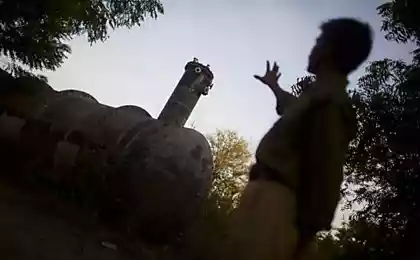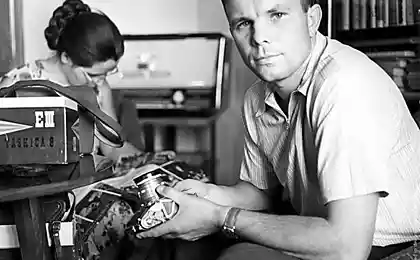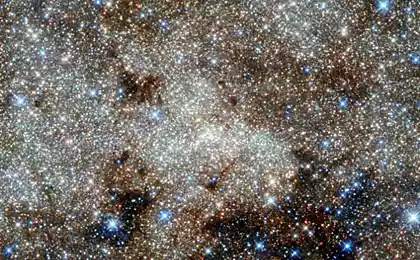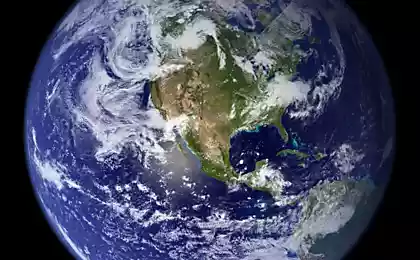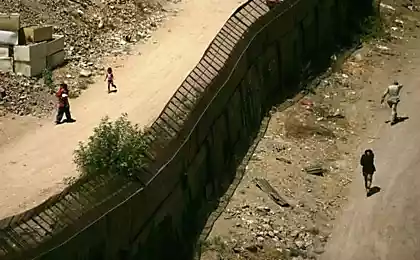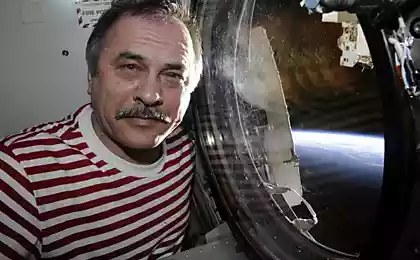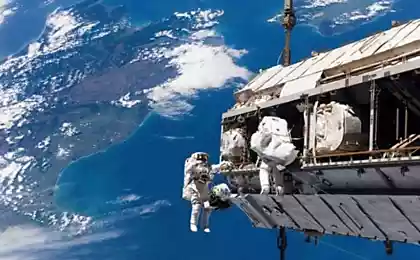732
India has embarked on the conquest of space
India launched its first moon to research spacecraft "Chandrayaan-1» (Chandrayaan-1). The launch was carried out from the spaceport at Sriharikota island located in the Bay of Bengal.
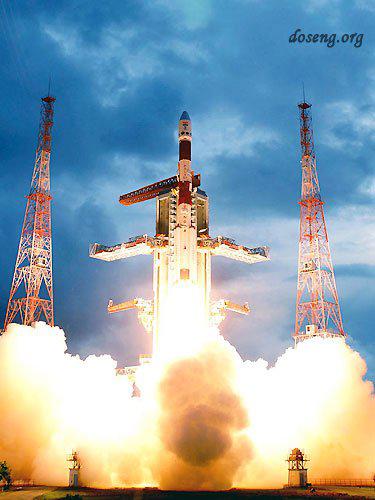
Indian companion went to the moon. Photo: ISRO / AP.
The launch of the lunar probe was for the people of India a real treat and a great source of pride. The next step will be to deep space mission "Chandrayaan-2", in which, in the 2011-2013 year, the moon must be an Indian "rover". The Indian government does not exclude the first Indian astronaut landing on the moon.
The head of the Indian Space Research Organization (ISRO), Madhavan Nair also said today that India is planning to carry out a scientific mission to Mars, will go to the "red" planet research probe.
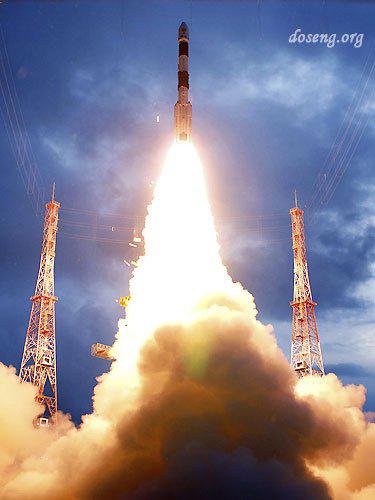
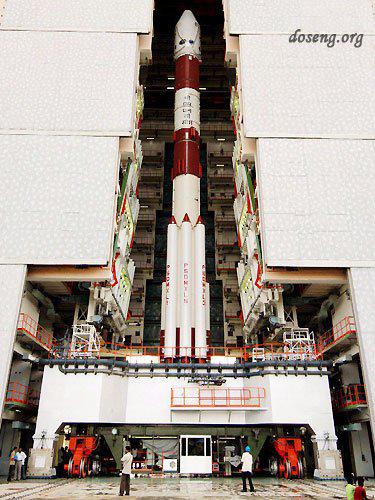
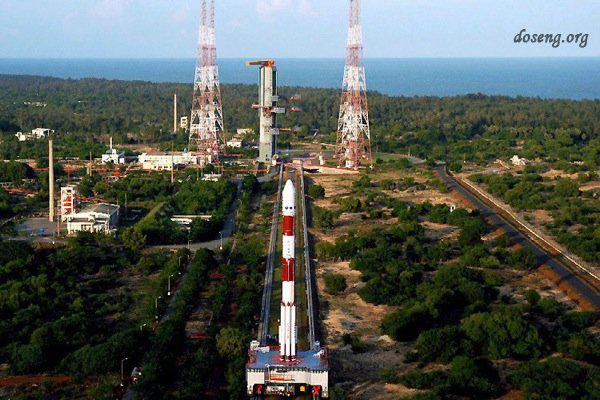
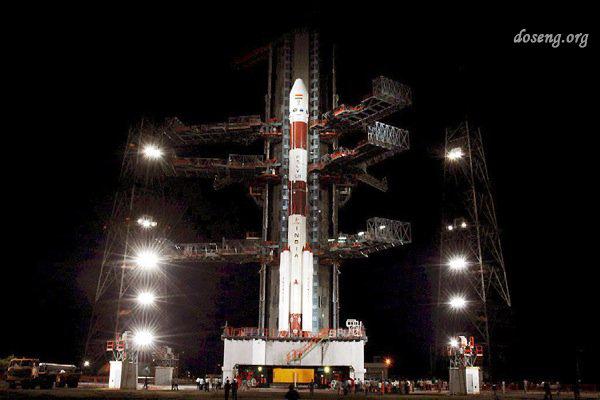
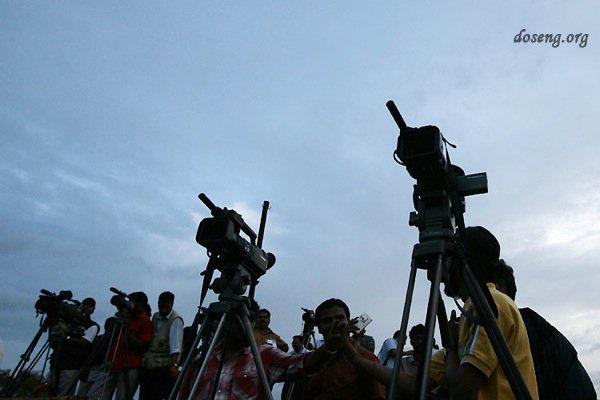
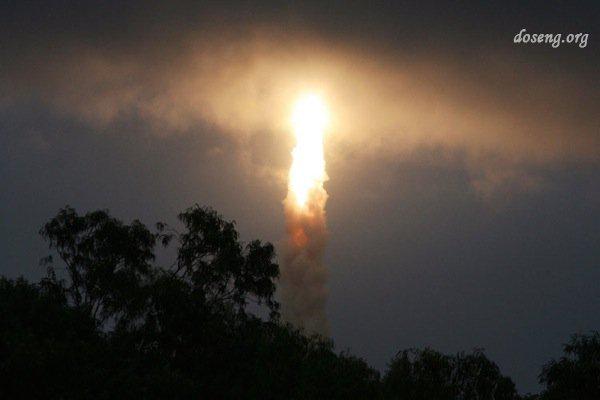
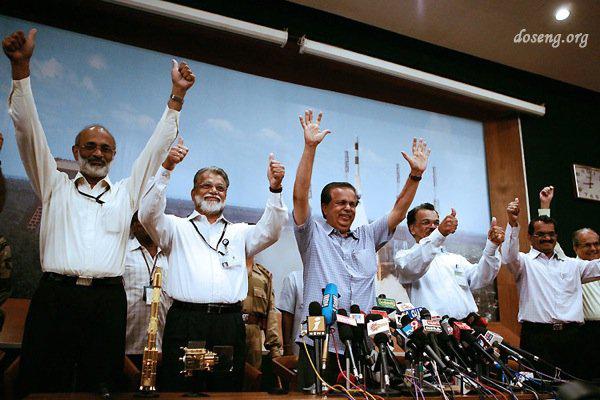
India launched its first lunar research spacecraft. Photo: ISRO / AP; Baby / Reuters.
After the 100-km circular lunar orbit (a flight takes more than 5 days), the spacecraft "Chandrayaan-1" will research activity, which will last two years.
Indian scientists calculated using established to "Chandrayane" equipment to create a detailed three-dimensional atlas of the lunar surface and find out its chemical composition. Particular attention will be paid to the study of the polar regions, where presumably can be identified traces of the presence of water.

Indian companion went to the moon. Photo: ISRO / AP.
The launch of the lunar probe was for the people of India a real treat and a great source of pride. The next step will be to deep space mission "Chandrayaan-2", in which, in the 2011-2013 year, the moon must be an Indian "rover". The Indian government does not exclude the first Indian astronaut landing on the moon.
The head of the Indian Space Research Organization (ISRO), Madhavan Nair also said today that India is planning to carry out a scientific mission to Mars, will go to the "red" planet research probe.







India launched its first lunar research spacecraft. Photo: ISRO / AP; Baby / Reuters.
After the 100-km circular lunar orbit (a flight takes more than 5 days), the spacecraft "Chandrayaan-1" will research activity, which will last two years.
Indian scientists calculated using established to "Chandrayane" equipment to create a detailed three-dimensional atlas of the lunar surface and find out its chemical composition. Particular attention will be paid to the study of the polar regions, where presumably can be identified traces of the presence of water.
